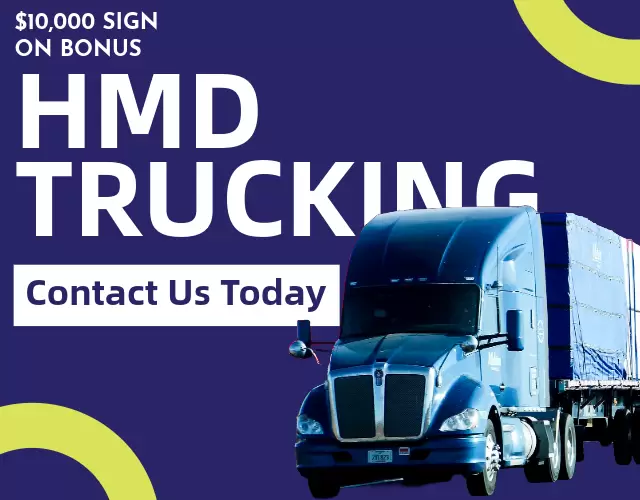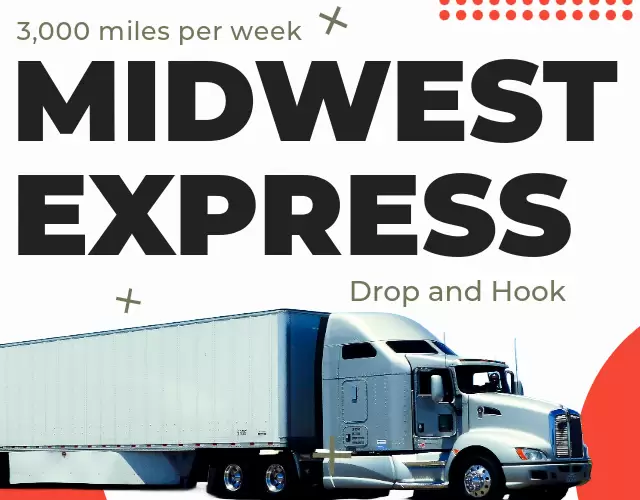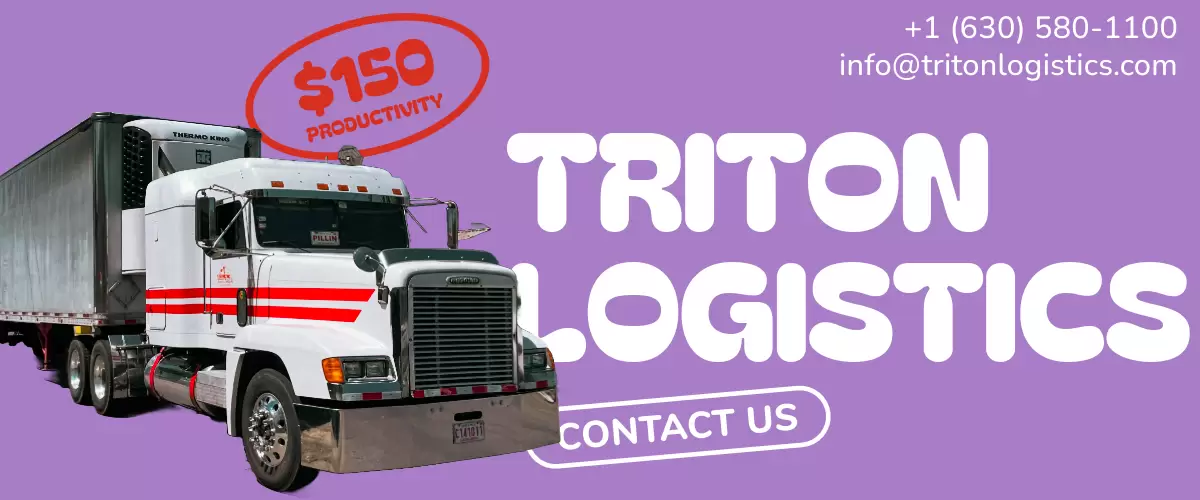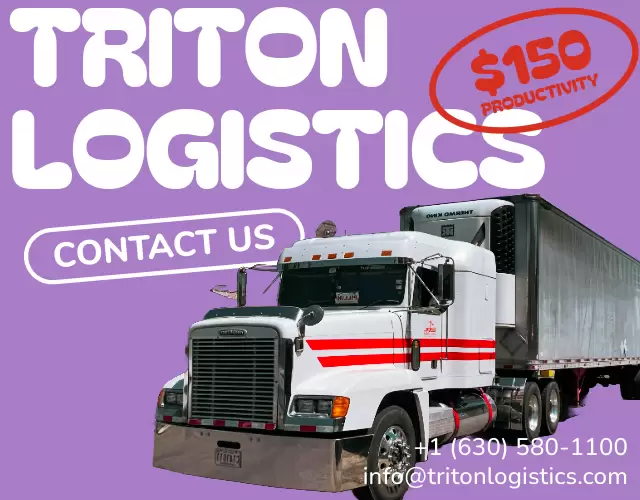













Regional and local trucking are two major career categories that you can come across if you're interested in driving trucks and looking for openings. In this post, we compare regional trucking vs local trucking and offer some advice on how to choose between the two.
There are numerous parallels between regional and local trucking professions. Both require a commercial driver's license (CDL), a clean driving record or one with few citations, and a lot of hours spent operating a truck. Here are a few significant distinctions between the viewpoints, though:
The region a driver operates in is the main distinction between regional and local trucking. Regional truckers travel longer routes that may cross several states. Local drivers, however, usually stick within an area of 100 miles.
Regional truckers may take many days to finish their journeys, sleeping in their trucks or in hotels along the way. Due to their lengthier travels, they could also spend more time behind the wheel. Local truckers usually complete their trips in a single day and return home at night.
Local truck drivers often make less money than regional truck drivers. Employers frequently pay a per-mile fee, and regional truck drivers log more miles as a result. Additionally, employers frequently provide drivers who record more miles with higher benefit packages.
Local and regional drivers could do several activities when they get to their destinations. Local drivers frequently unload their trucks by themselves, but regional truckers frequently have additional support when they get at their destination. This implies that local drivers might have to do more physical labor during the course of the day.
Get highlights and special offers twice a month.
We use a tool to capture how users interact with our websites so we can analyze and improve the user experience. Clicking “Accept” allows us to use this tool when you visit our websites. For more information, read our Privacy Center article on Cookies and tracking.